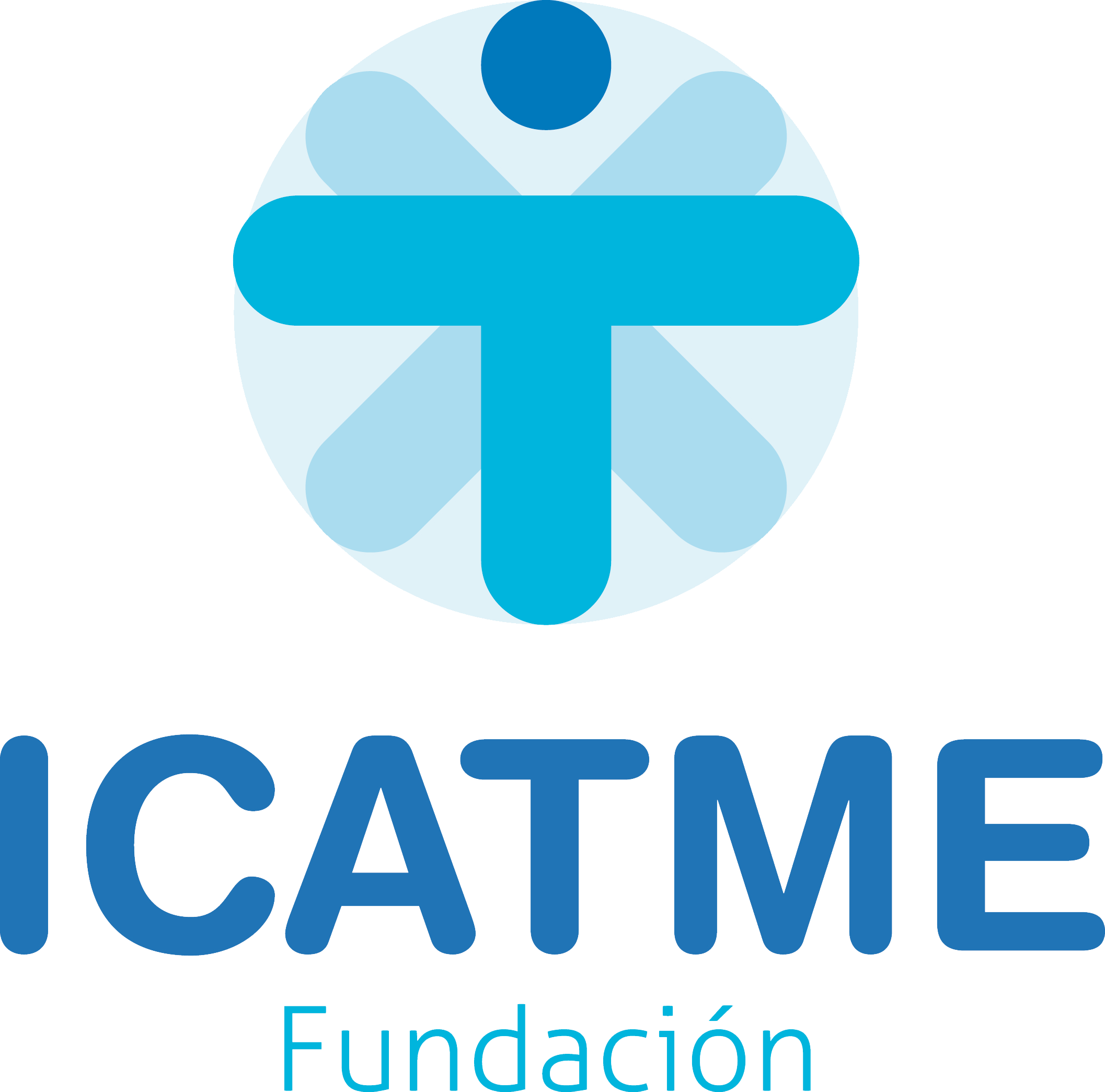In the patellofemoral pain syndrome, the pain arises due to the increased pressure between the patella and the trochlea of the femur, causing irritation and articular cartilage wear.
Symtoms
It is usually manifested by pain in the anterior aspect of the knee. A pain that is triggered upon going up and down stairs, squatting for long periods or the patient standing after being seated.
The onset of pain is often related to sports activities, changes in everyday life habits (climbing stairs or slopes, etc.) and/or weight gain. In addition to these triggers, there are usually other factors that predispose to this ailment that is detailed below.
• Patella Alta
• External tibial torsion
• Patellar subluxation
• Hypermobility
• Weak quadriceps vastus
• Traumatism in the anterior knee
• Genu valgus
• Patellar instability
Treatment
The most common thing in patients suffering from patellofemoral syndrome is that when they come for consultation, they have lived with the pain for some time. This results in loss of muscle mass at the level of the quadriceps due to a muscular inhibition process and disuse caused by pain. This loss of muscle mass, in turn, generates or intensifies the malfunction of the patella in its movement over the femur.
When treatment starts, the first goal is pain control. Therefore, it is advisable to take some measures like those described below.
• Elimination of contraindicated activities (stairs, slopes, sports).
• Applying ice (15 minutes every 3 hours).
• Taking anti-inflammatories (every 8 or 12 hours, taken with gastric protectors).
• Doing exercises: Isometric quadriceps, hamstring and hip external rotator stretches.
In some cases, the pain persists despite a correct performance of the treatment. In these patients, surgical treatment aimed at correcting the factors listed above is recommended.

In Equilae, the surgical treatment decided on is made following the concept of the “French School” which speaks of “chirurgie à la carte” or “surgery on demand.” This is done as there can be one or more of the anatomical parameters to correct in the same surgery. That is why the same surgical act can combine different actions. We cite a few of them.
- Lateral patellar release
- Patellar Distalization (osteotomy of the tibial tuberosity)
- Medialization of the tibial tuberosity
- Advance of the vastus medialis oblique
- Patellofemoral prosthesis
- Medial patellofemoral ligament reconstruction
- Trochleoplasty


Rehabilitation will depend on the type of surgery performed.

